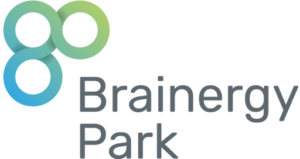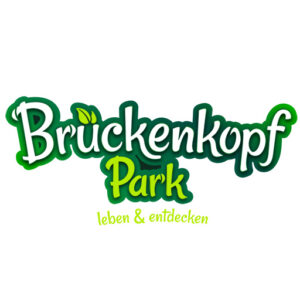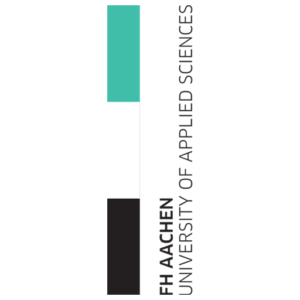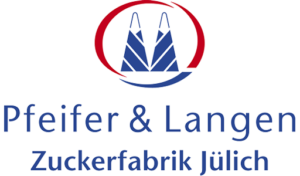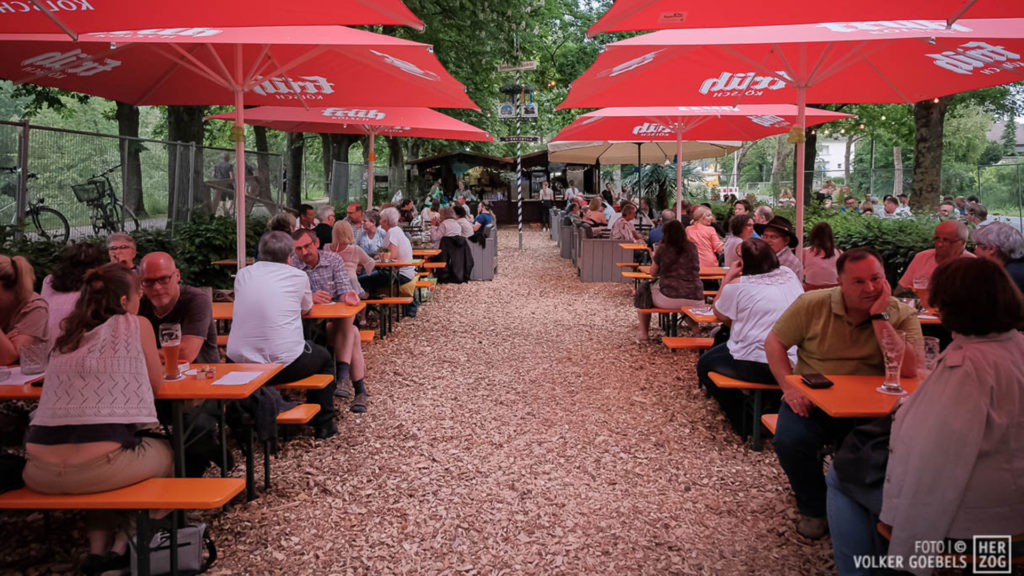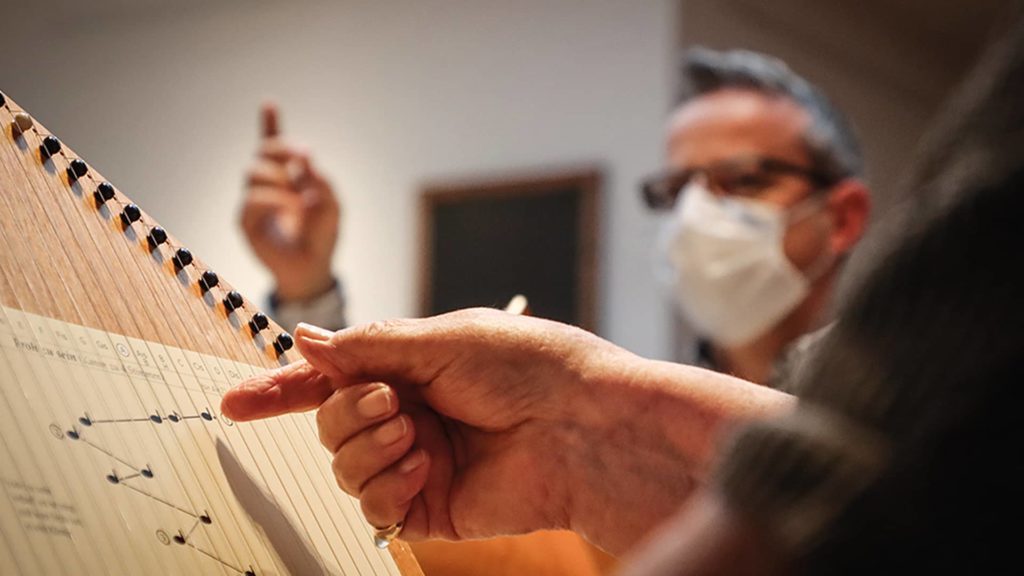Symbol of the city slogan aspect ‘modern research city.’
On December 11, 1956, the State Parliament of North Rhine-Westphalia unanimously decided to establish a nuclear research facility. Almost a year later, after extensive discussions, the location in Jülich was chosen. Subsequently, preparations began for the approximately 2.2 square kilometer site for the large research facility in the Stetternich state forest. Within a short time, infrastructure was created comparable to that of a small town. Wilhelm Johnen (CDU), the then district administrator of the Jülich district, played a significant role in this decision. The science politician Leo Brandt (SPD) became the first director of the facility.
On June 11, 1958, the groundbreaking for the two research reactors “Dido” and “Merlin” took place. Finally, on September 28, 1961, the facility was officially inaugurated. The beginnings of the nuclear research facility were met with skepticism and curiosity by the people in Jülich. “Et Atom,” as some residents of Jülich still say today, grew rapidly, and Jülich is growing alongside it.
The research center is the largest employer in Jülich: around 7,200 people, along with 934 guest researchers from 65 countries, are employed here in science as well as in crafts, administration, and services. For example, the FZJ also has its own fire department.
“Shaping change” is the mission of the research center today. The FZJ positions itself with major themes such as information, energy, and bioeconomy. Chairwoman Astrid Lambrecht expresses her conviction: “These topics are very relevant—they will occupy us for a long time. Not only in research, but also in structural change, as they align perfectly with the needs of the Rhineland region and the area.”
Every two years, the Jülich Research Center invites the public to the “Day of Curiosity.”
Every year, the FZJ hosts the regional competition “Youth Research” in the foyer of the library.

